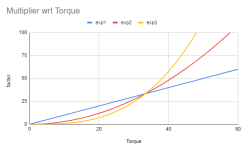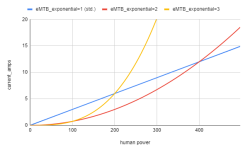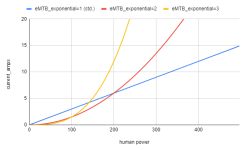Today was a happy day.
TLDR: Flashed display and motor, happy!!!
Long story:
Shopping list:
48v version TSDZ2 from pswpower.com
48V 14Ah 672Wh eBike Rear Rack Battery 36V 17.5Ah 630Wh Samsung 35E Cell Electric Bicycle Batteries For 1000W 500W 250W Motor: https://www.aliexpress.com/item/33023622289.html
ST-Link V2 stlink mini STM8STM32 STLINK simulator download programming With Cover:https://www.aliexpress.com/item/2022854051.html
(850C display: Electric Bike TFT Display DPC18 850C 500C SW102 C965 C961 750C Bluetooth for BAFANG BBS Mid Drive Motor Bicycle ebike Computer: https://www.aliexpress.com/item/32857206665.html
CP2102 USB to TTL Board V3.0 Burner with Download cable Support Windows 8/7/Vista/Server 2003/XP etc with DuPont wire: https://www.aliexpress.com/item/32288431622.html
XL6009 DC Adjustable Step up boost Power Converter Module Replace LM2577
4.9: https://www.aliexpress.com/item/32807600304.html
Electric Bicycle 110CM 6PIN VLCD5 XH-18 LCD6 Display TSDZ2 Speed sensor Extension Cable For TSDZ2 Mid Drive: https://www.aliexpress.com/item/4000295965214.html
Extension Cable For Bafang
MALE to MALE Center Motor/Mid Drive Motor Kit Display Three Types Display Extension Cable:
https://www.aliexpress.com/item/32861639327.html
Bafang brake sensors: Currently no link, but these are the stock brake sensors.
Some notes from my side:
with the extra cables, i can quickly plug and play to flash new firmware on display and motor.

Flashing of the 850c went quick, boost converter @ 31v.
Wiring the 850C to the 8 pin controller went well.
Flashing the motor take some extra time, There are 2 different pin layout versions of the ST-link v2: https://i.imgur.com/ZmJ7Tvu.jpg And i used the 3.3v pin instead of the 5v pin. I was only able to read/write fw on 3.3v.
Now it's time to configure my settings on the display

Firmware used:
850C_v0.8.0-bootloader.bin
TSDZ2-v0.57.2.hex






